In some ways, writing about British style is easy, since the United Kingdom is the place of origin for tailoring as we know it and so much has already been said about it. Paradoxically, this also makes it exceedingly difficult to encapsulate in a single article what British classic menswear is like. And, actually, if you Google “British Men’s Style” or something similar, it’s hard to find any sort of definitive guide to what it looks like. But I’m up for the challenge, and for this installment of our style around the world, we go back to the very roots to pin down what British men’s classic style looks like.
Sticking to the Rules
When you do the aforementioned search for “British Men’s Style” online, what you will find are various rules that have also been addressed in numerous articles from The Gentleman’s Gazette, These range from the basics of how many buttons to close on your jacket to how long a tie should be to how much shirt cuff to show, Such guidelines and rules, as well as the strict adherence to them, are typical of British style. This is part and parcel of the same cultural ethos responsible for British politeness and rules of etiquette as well as the continued existence of a class system. If “Manners maketh man” according to Sting’s “Englishman in New York,” we can say that manners also influenceth the rules of dress. So, whenever you see people objecting to some violation of style rules in an online comment section, note that you are witnessing the direct legacy of the British emphasis on correct dress. Ultimately, keeping to the style rules translates to a greater formality. If you need to remain correct and proper, you won’t leave the back blade of your necktie hanging lower than the front or leave your button-down collar unbuttoned; these examples of sprezzatura aren’t classic British style.
Greater Structure in Clothes
As discussed in our comparison of British and Italian suit styles, tailoring that originates in the UK traditionally has more structure. This means that shoulders on suit jackets tend to have padding that shapes them artificially as opposed to a natural shoulder. This sort of underlying structure even extends to the dress shirts you’d find for sale on Jermyn Street or Savile Row in London, which feature collars that are stiffer and more on the firm side rather than softly rolling. To paraphrase Spiderman, with greater structure comes greater formality (see above). Structuring is also reflected in skillful layering, often with a waistcoat, and you will be more likely to see a three-piece suit or an “odd” (unmatching) vest. This is “structured” because the wearer has to build the outfit and coordinate the patterns and colors across layers, for example a solid sport coat with a patterned vest and then a solid tie, all in complementary tones.
Attention to the Shirt Collar
When it comes to shirts, it’s really the collar that defines the garment, and British style admits a wide variety of shirt collars from the classic English spread to the contrast trim collar, which originated from the need to remove and replace dirty portions of the shirt in the days before super-efficient laundry machines and potent detergents. You may also be more likely to find vintage styles like the tab collar and the hardware that goes with it–collar pins and bars–being worn. Even the button-down collar (with buttons fastened, please) originated in the UK despite its incredible success among proponents of American Ivy style.
Dressing for the Weather
Of course, British weather is notorious for one thing: rain. And, while Scandinavian men may know how to dress for long winters, men in the UK are adept at looking good despite constantly wet weather. This means you’re likely to encounter more full-length umbrellas; waxed cotton Barbour jackets (even worn on top of suits); head gear, such as flat caps; and Wellie boots. I will not address the attractiveness of wearing Wellies with suits, but part of classic British style is its practicality, which can demand the sacrifice of style.
 Barbour Beaufort Wax Jacket worn over a tweed sport coat. Note the shirt collar, tie and boots as well.
Barbour Beaufort Wax Jacket worn over a tweed sport coat. Note the shirt collar, tie and boots as well. A Separation of City and Country Clothes
What one wears in wet weather can depend on location though, with umbrellas carried in urban settings and Wellies reserved for the country, with Barbour jackets straddling both domains. This speaks to the distinction between urban and rural dress that continues to be a prominent part of British classic style. As another example, in North American cities, you can wear brown almost anywhere; not so in London where a suit or sport coat combination containing any brown tones will make you look like a rube.
British Men’s Style – Menswear Traditions of England & the UK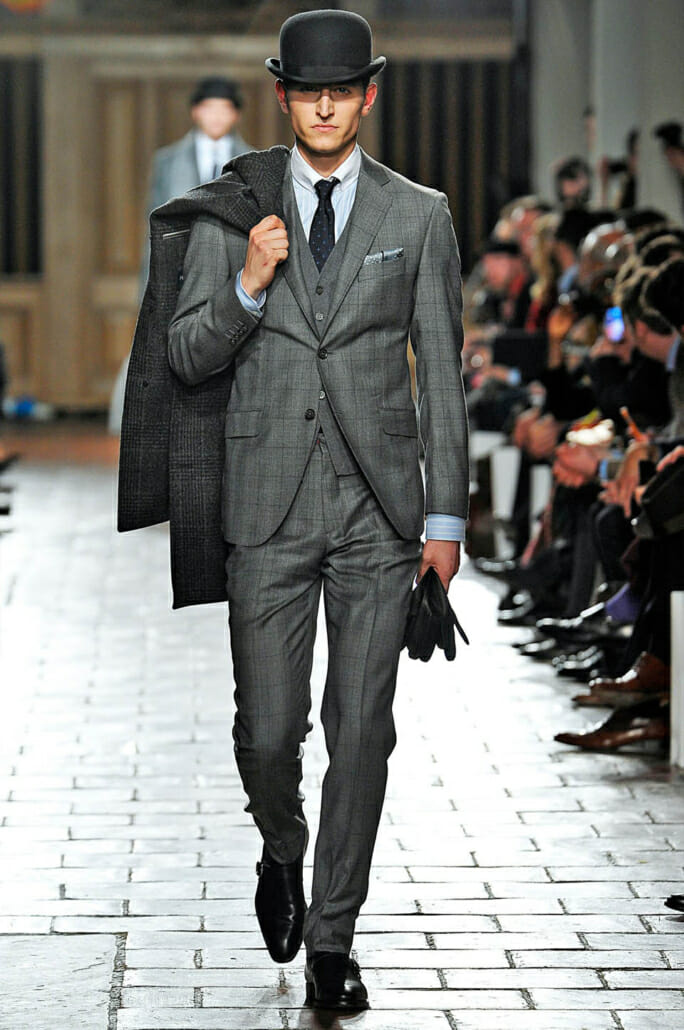
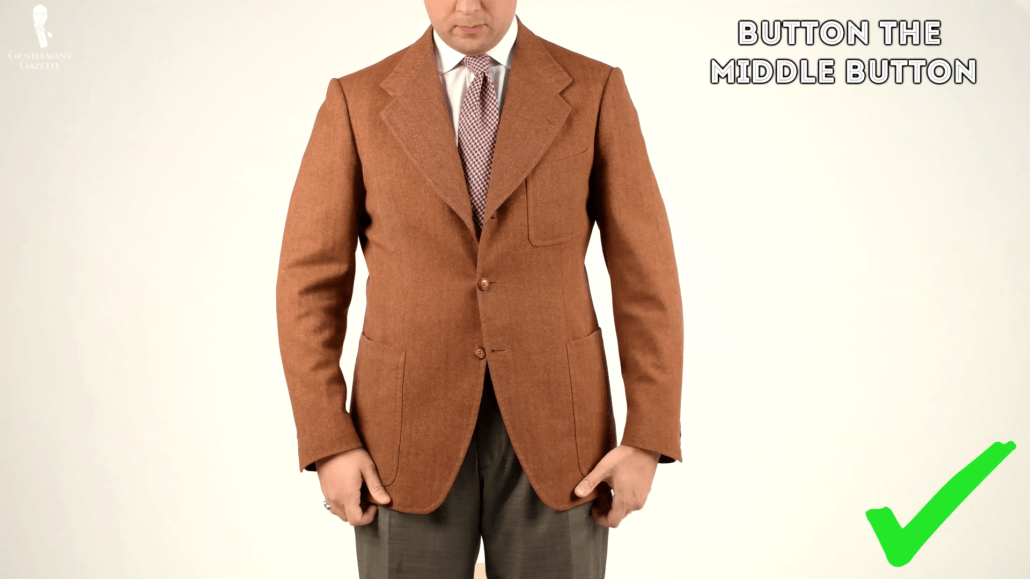
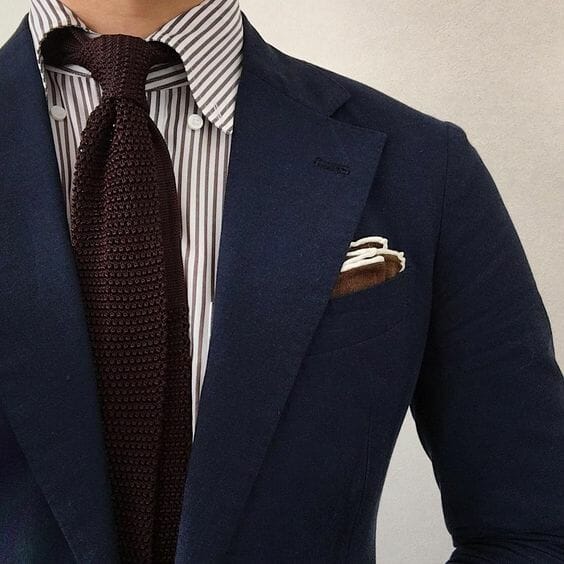
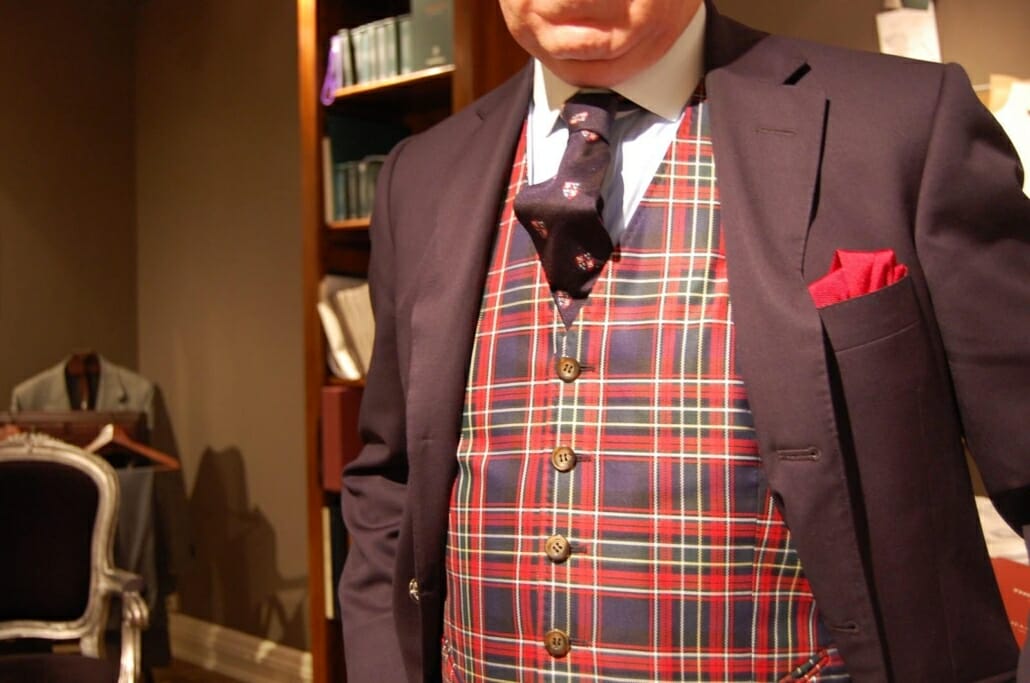
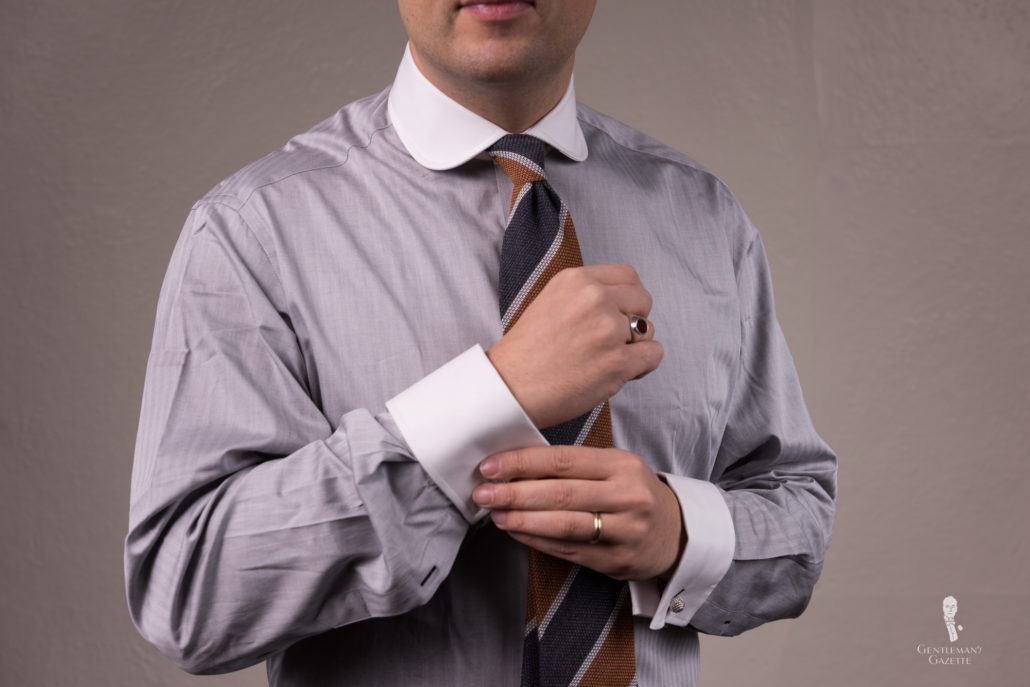


Комментариев нет:
Отправить комментарий